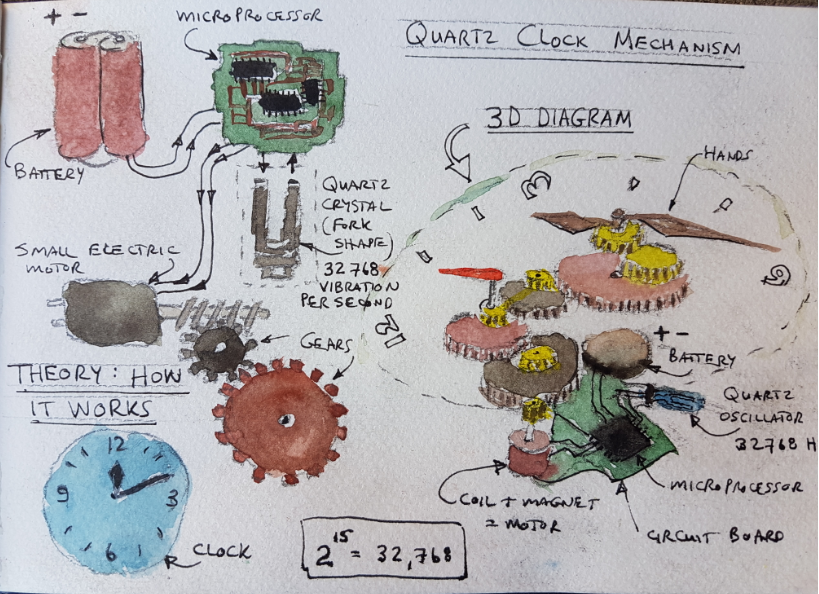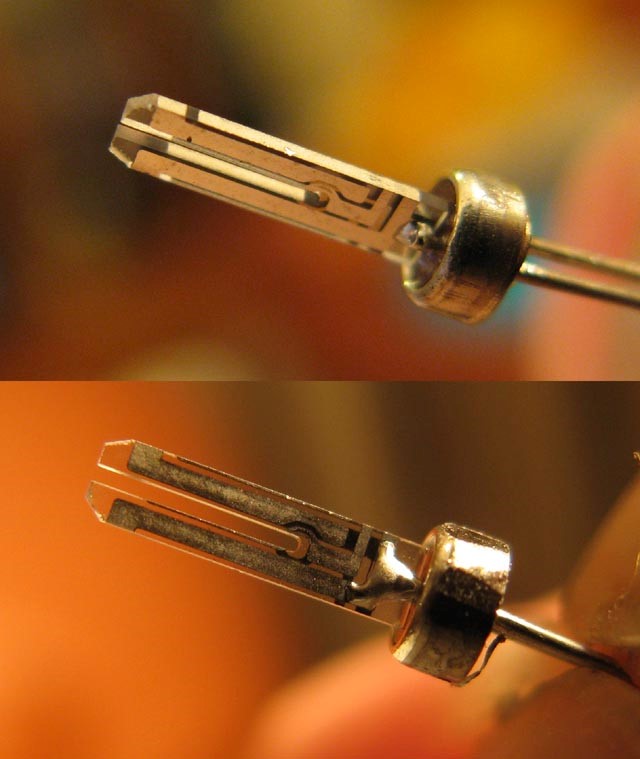Description
The amazing world of science: How the intervention of humans takes quartz crystal technology to the next level. The ingenious implementation of flip-flops.
By William Van Zyl (2021)
Tick, tock, tick, tock, … you are reading a time-clock.
Two to the power of Fifteen (215) is the vibration of a quartz crystal per second (215 = 32,768). Isn’t that just stunning? I mean in one second you have to count from 1 to 32,768 – it is humanly impossible. It is this vibration that has me in awe in this article. Please wait for it. That same 32,768-quartz-crystal makes a clock tick at one beat per second! But how?
It all started when my wife asked me to replace the batteries of two of the quartz clocks in our home. You will see them. They run on penlight batteries (AA). One of the clocks casings are translucent; the mechanisms are visible through the light-grey case. It is very inexpensive and costs about $5 to $12 (US). Why all the fuss about such a cheap product? That is precisely the point—the miracle in the $8 mechanism. I have searched how a quartz clock works; you don’t have to. It is then that I discovered the super brilliant video of Steve Mould on quartz clocks. Make sure you view it!
Here Steve Mould explains the flip-flop concept. A 32,768 vibration is reduced to only one pulse per second. He uses jandals (rubber sandals) on a rope to illustrate and communicate the process. Don’t miss the flip-flop! It is wonderful! Credit Steve Mould: https://youtu.be/_2By2ane2I4










